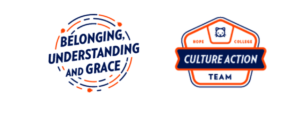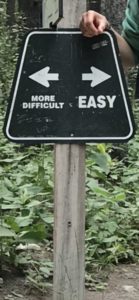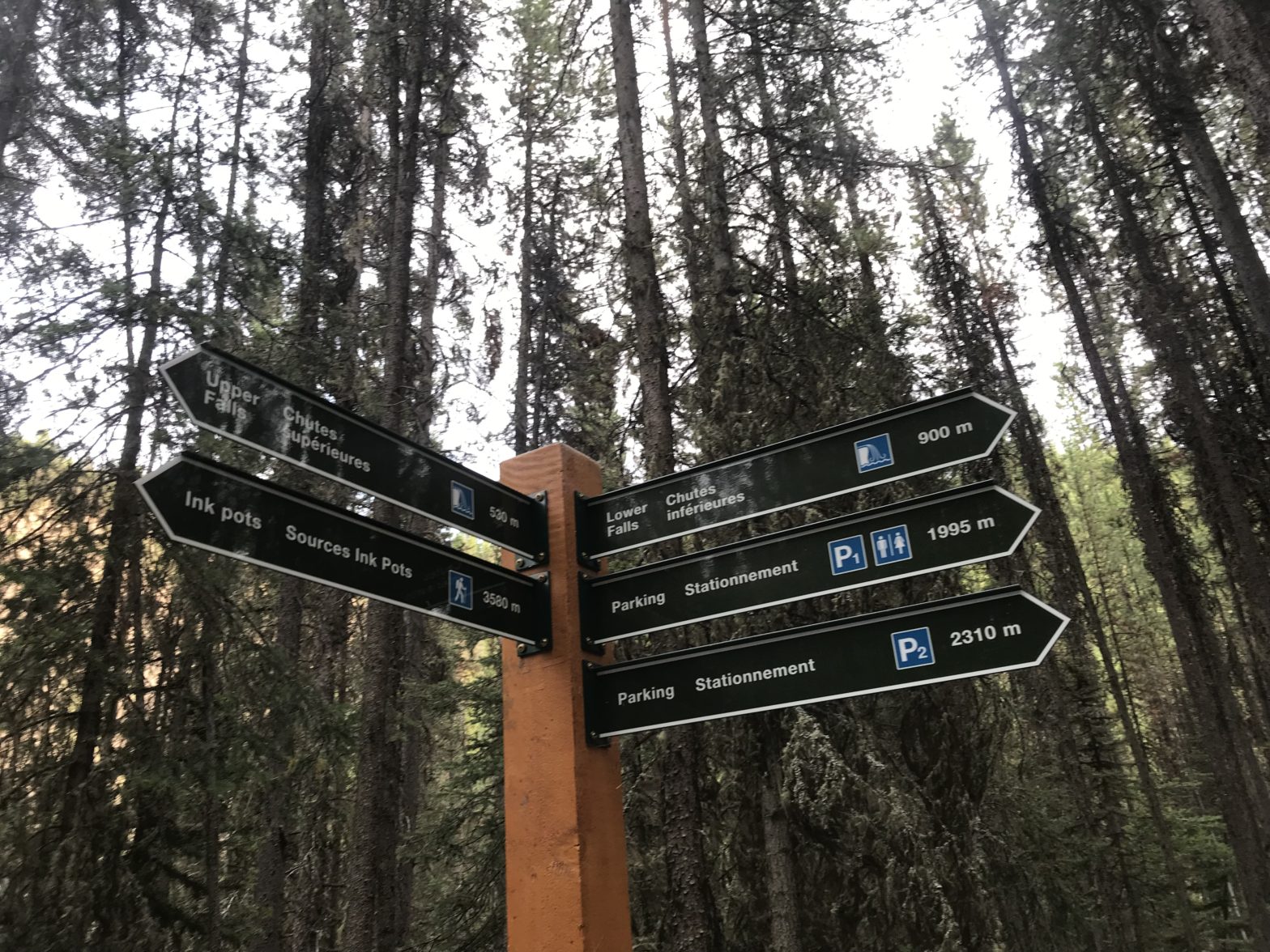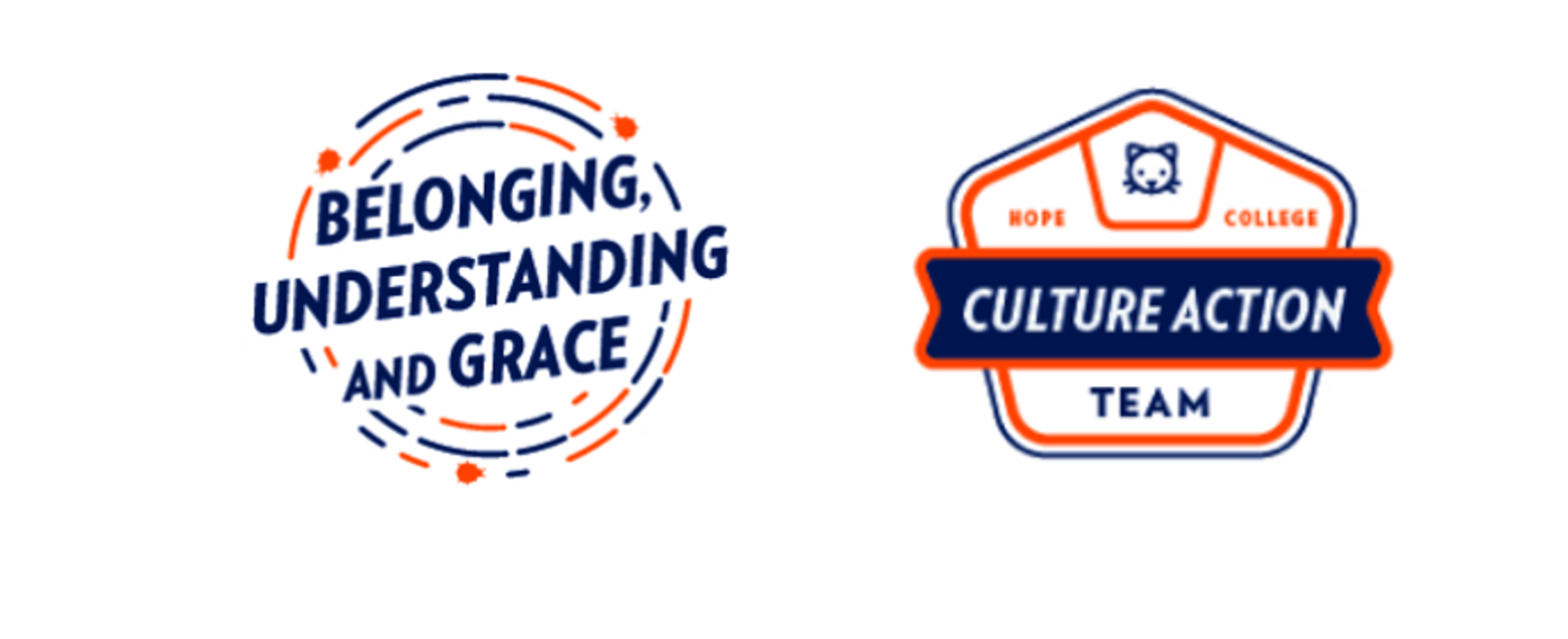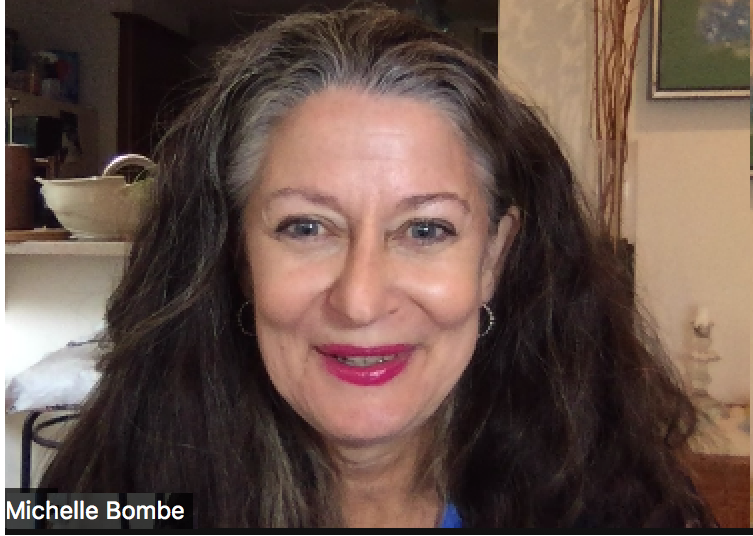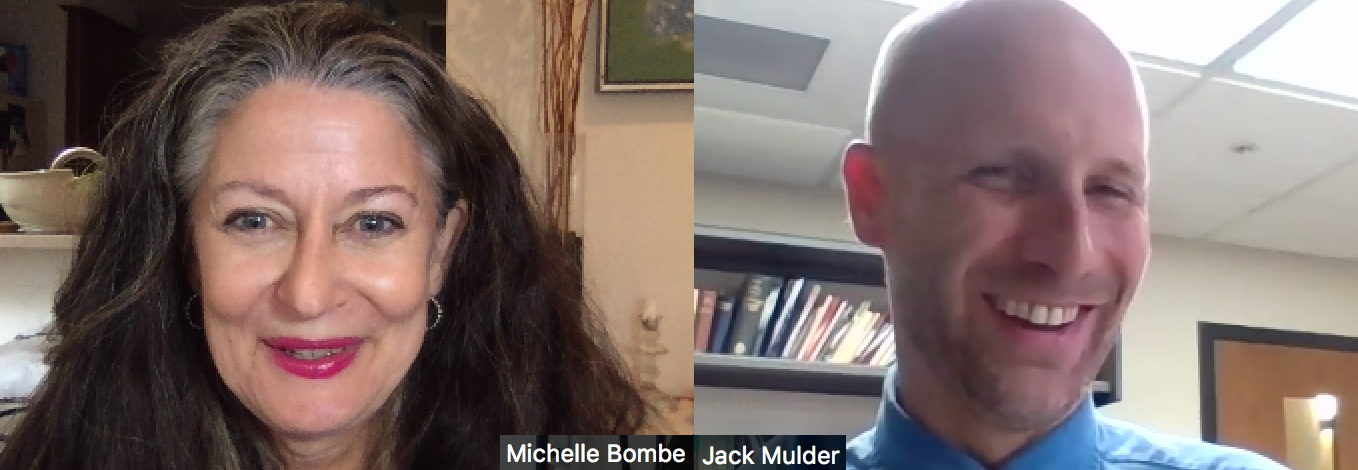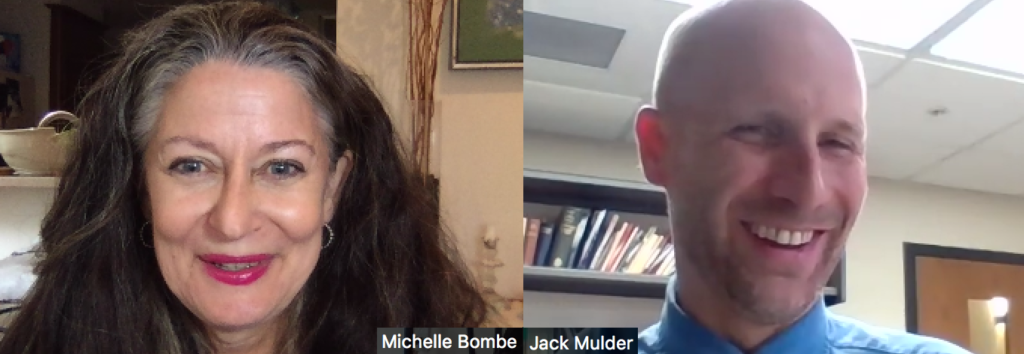“Remember, Dear, tomorrow is the new moon,” my better half said to me. “It’s the start of Lunar New Year, so wheel out the trash tonight. All our luck will be thrown away if we wait til tomorrow.” The Lunar New Year festival is the same as celebrating Christmas, Thanksgiving, and everyone’s birthday rolled into a single two-week celebration. The custom is to give your house a good spring cleaning, right up until the start of the new moon, but just not too well. You would not believe how easy it is to sweep away the good luck with the bad luck of the old year. A smidge of dust left behind is wabi sabi, which is the Japanese philosophy of embracing the imperfect and transience. If you described the dust bunnies under the armoire as wabi sabi and elegantly intentional, you earn instant hipster cred. You also avoid offending any kitchen gods, who insist your house cleaning is kept to a minimum for the first 3 days of the holiday. Whatever you may do, don’t risk sweeping away your good fortune for the year1. We adopted our children from Vietnam and have since adopted the culture and traditions of their birth country. We observe the other holidays on the calendar like the Mid-autumn festival2, but for the Lunar New Year, we usually go big. I don’t want to present that we are in any way authorities on Asian culture or experts in raising a trans-racial family, but just want to share a certain cultural perspective.
_______________
1I can see how this grew to become a bedrock tradition–the maid needs a break!
2A.k.a. Wok-tober fest
Our house is decorated for Tet not long after we pack away our Christmas ornaments. We hang red-and-gold paper carps and tasseled dragons on our Tet tree, which is a small, fake, bare-limbed “tree” budding with yellow apricot blossoms. The yellow blossoms signify some ancient symbolism and put to mind the start of springtime. We hang strings of faux giant red firecrackers and yellow and red banners painted with Chinese blessings. Despite the wintry weather, our home carries an air of optimism, of expectation, and hope that spring might be around the bend. Mua xuan den!
Another tradition is the handing out of lycee to the kids. Lycee (pronounced lee-sea), are lucky ornate red and gold envelopes with some money folded within. “I wish you long life and good health,” they say as we ceremoniously pass the envelopes from both of our hands to the both of their outstretched hands, as is the custom. We studied up on the culture of our kids’ birth country to help them understand their heritage.
We are regulars at the Chinese New Year festival circuit, Tet-heads. We hit a few events each year. We have seen Chinese opera stars, plate-spinning circus jugglers, Falun gong ballerinas, folk dancers, and musicians representative of every region on the continent. At these events they often have displays of fire crackers: miles of red bandoleros snaking across parking lots in red paper. The acrid smoke drifts in heavy clouds for minutes, ears assaulted, and all our collective bad juju of the year shooed away.
Lion dancers are our favorite, though I must stress the caliber of performances lay in a widely arcing range. I urge you to spend the money to see top-notch acrobatic performers. It’s thrilling to see nimble kung fu artists animating their dazzling costumes to the pounding narrative of the percussionists. On the bottom of the lion-dance scale, we sympathetically witnessed busboys at the Chinese buffet traipsing between the tables to anemic accompaniment, basically phoning it in. We are always appreciative of the intention of this tradition, the frightening away of evil spirits and welcome a year of good luck.
Food is the best part of the holiday and, of course, we feast. Toutes les cuisines d’Asie are on le menu at our home. Sushi, dumplings, curries, both egg and spring rolls, steamy bowls full of pho and miso and hot-and-sour… From Korean barbecue to bulgogi, biryani and banh mi, we absorb the culture…gustatorily.
We are crazy for all things Asian and Vietnamese. When we adopted both of our kids from Vietnam, our adoption caseworkers impressed upon us to learn and practice the traditions of their culture. “Take every opportunity to raise your kids with hands-on experiences in their culture,” we were instructed, through their senses–touch, taste, smell… Acculturation of Vietnamese traditions and cultural competence is critical knowledge that we, as adoptive parents, must teach our children. Ignoring this aspect of practicing the customs of their cultural roots will hinder them from fitting in with their Vietnamese peers. Our dual-culturalism has instilled greater self-esteem and confidence in our kids. It also has lessened the risk of marginalization and self-consciousness. The goal of the trans-racial adoptive parents is raising a child who easily fits in with peer groups of their own ethnicity. Ignoring the child’s culture leads to stress, trauma, and marginalization that might mess up your kid for life, we were warned. Adoptees who do not receive this cultural support may lead to a damaging alienation by their Vietnamese peers, in our case. This paradox was succinctly observed by Eddie Huang, author of the memoir Fresh Off The Boat, who wrote: “Chinese people questioned my yellowness because I was born in America, then white people questioned my identity as an American because I was yellow.” Eddie Huang experienced this dichotomy of disconnect felt by adoptees despite not being adopted himself.
Let me tell you a story that demonstrates the impact of negating the birth culture of a trans-racial adoptee. We were at Vietnamese Culture Camp held at the YMCA of the Rockies3 in July of 2004. Families who adopted kids from Vietnam met for a long weekend. The purpose of these camps is for families to gain exposure to their kids’ birth culture and for us parents to network and learn parenting techniques for our unique families. The camp counselors lead our kids in typical summer camp stuff: games, teach traditional music and dance, martial arts, language lessons. The children enjoy Vietnamese food, put on plays, and hang out with children that not only look like themselves, but also have a shared story. The parents attend sessions where we learn how to help our kids deal with racism, how to make a decent Vietnamese dish, listen to talks by child psychologists and social workers, to network with other families, and tools to raise a kid with a robust cultural identity.
_______________
3Hilarious anecdote: Checking in to the half-star facility, the college-aged clerk working the front desk wore a name tag with her name and “Hope College.” “Wow! Isn’t that in Holland? My in-laws live there,” I said. We were local Coloradoans at the time. She blurted, “The food is terrible!” “What?” I said, blinking. The girl with Hope by her name pretended she didn’t say a thing. The moment came and went like a sasquatch sighting. I couldn’t believe my ears. “Name which the reservation is under and your credit card, for incidentals,” she said, suddenly all business, eyes trained on her monitor. As foretold, the dining experiences did not quite approach the threshold of “institutional.
There was a simultaneous meeting at the YMCA of the Rockies by the Vietnam Adoptee Network. Their organization was comprised of the now-grown-ups who were brought to America as the babies in Operation Babylift at the close of the Vietnam War. They were welcomed by new families almost forty years ago, but were raised primarily minus any benefit of experiencing their Vietnamese cultural identity. Adoption social scientists didn’t grasp the impact of neglecting the birth culture then as they do now. We parents sat in on a VAN panel where they shared stories growing up. They survived ostracization, not fitting in at school or their neighborhoods, how it felt being the only kid of color in their county, questioning the motivation of their birth families and their adoptive families. Their stories of depression, grief, hostility, suicide, and anger were impactful and moving. We parents were observing first hand the control aspect of a social science experiment that we were benefiting from, why we did what we did as parents of kids adopted trans-racially.
One of the panelists tried to lighten the mood by sharing this story. He was a music teacher in Seattle. One of his students, an Asian boy about twelve years old, took drumming lessons from him. The panelist explained how the boy’s white mother consistently picked him up after his weekly lessons month after month. But there was that one time that the pupil’s father picked him up. He was white, too. The panelist came to the rational conclusion based on this latest development and made a sincere and innocent attempt to develop a rapport with his student and his family, “Oh, you’re adopted? Cool, me too.” The dad scowled and stormed away, dragging his son with him. The music teacher was perplexed. Shortly afterward the mother called him, irate, and chewed him out: “We haven’t told Timmy he was adopted yet! How dare you!”4 The Vietnamese panelist who was raised up by well-meaning people yet also marginalized as an outsider in a cultural vacuum and traumatized because of it, witnessed the continuation of the cycle. A double-whammy of denial. The fear and ignorance of the parents’ actions with no regard to Timmy’s present and future mental health left all of us gob-smacked. After all these years of mulling this story over, I can’t help but ruminate over the critical role culture and cultural sensitivity play not only in our trans-racial family, but in the successful navigation of our trans-racial world. I hear stories regularly that mirror the experience of the VAN panelist.
_______________
4As he retells the story, I hope he embellishes with this knee slapper: “We haven’t told Tran Nhat he’s adopted yet, drum teacher–How dare you! Now beat it!.”
In full disclosure, I had a brief phase of denial like Timmy’s parents. When our social worker explained the science of acculturation to me, I accepted the information as fact. When it was impressed upon me to reshuffle my life-long personal identity, modify my so-called culture to absorb another one, a foreign one, I leaned forward and said, “Sure, no prob.” To teach our little ones their culture, we as responsible parents, had to learn it and practice it ourselves, even register a fluency in it. Well, duh, I have been drilled on the lesson. However, hard reality could not convert my curmudgeonliness: I was “résistant.” Actual execution of my directive had molassified. My better half eagerly coordinated get-togethers with families who already adopted from Vietnam, months before we even had a child placement. Phooey. The strong urging that we attend Vietnamese culture camps? LOL, utterly repellent. Logging hours of study for Vietnamese cultural nuance? I sorta had other stuff to do despite what I agreed to do when I was in the social worker’s office. Also, with no endpoint in sight for the adoption, I felt time was on my side.
Perhaps the new role of fatherhood was freaking me out. Or rather, fatherhood with an asterisk. I wasn’t just preparing to change diapers and anticipating how I’ll need to tip-toe during nap times like typical dads, but to commit to absorbing a foreign culture. I realized the commitment to do both was a privilege, a blessing, after a few heart-to-hearts with myself. Also, the prospect of future trips to Vietnam sweetened the deal.
The adoption of our daughter turned out to be a twenty-months wait. By the time the black-and-white photograph of Our Li’l Sweet Pea’s fuzzy head arrived, I banked up enough emotional I.Q. to think beyond myself and my irrationally stubborn self. I jumped into the culture not for my daughter but with my daughter.
The Tet rituals seem to sharpen one’s focus better for a successful year. Ever draft your New Year’s resolutions on December thirty-first, scheming for incredible personal developments? Did that enthusiasm for personal reinvention fizzle by the day of Epiphany? Perhaps the two weeks of the Lunar New Year propel us with a tad more gumption, motivated by luck-harvesting rituals. But maybe it’s not luckiness and good fortune we get from nearly cleaning the house and lighting firecrackers. Maybe it’s hope we get, hope which manifests our good fortune. You go where your thoughts take you.
So, that’s my take of one aspect of our family’s adopted culture. By the relinquishment of a little control I was adopted by my kids’ culture in a sort of mutual adoption. New worlds opened when I swept my reluctance under the rug.
